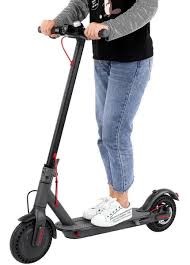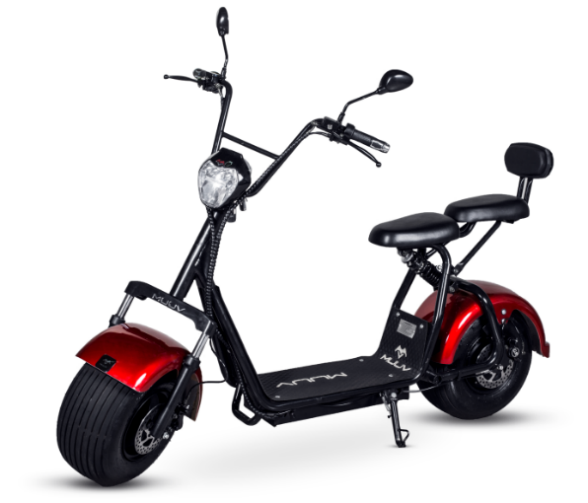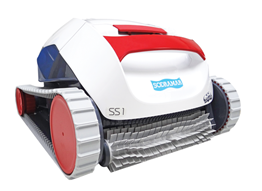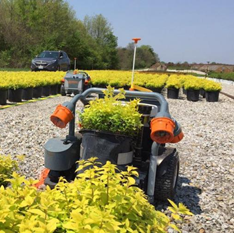Urban Mobility and Robotics
Sustainable Urban Mobility
We define Urban Mobility as the condition that allows the displacement of citizens in a city, in order to develop social and economic relations. The mobility solutions include all means of collective transport, such as trains, streetcars, buses and subways, and individual transport, such as cars, motorcycles, taxis, bicycles, among others. A need that grows every day, with the continuous increase in the urban portion of the world's population and the growing concern to meet the needs of development and comfort using renewable and sustainable energy, in order to promote progress while preserving the environment.


We note that as the problems resulting from the use of traditional fossil fuels become more prominent, alternative fuel sources such as those mentioned above are gaining in importance. It is interesting to note that of the many sources mentioned above, more than half involve the direct transformation of renewable energy into electricity, which demonstrates the importance of using electricity as the ultimate source of clean, renewable energy.
For this reason, it is reasonable to assume that, rather than using renewable organic fuels, applying electric power as the form of traction for urban vehicles, be they scooters, bicycles, scooters, motorcycles, motorcycles, tricycles, cars, and even buses and trucks, is the trend for the future.
Other sustainable vehicles are velomobiles, motorized skateboards, unicycles, hoverboards, and others, usually built to travel at low speeds over short distances. Most of them are portable and can be stored in bags so as to be easily transported in cars, buses, trains, and subways. Low-priced and used as a means of personal or individual transportation, they make an important contribution to cleaner air and a more preserved environment in the cities where they are used.
We offer the best solutions for sustainable urban mobility, especially a model of electric scooter with high autonomy and electric scooter, which are excellent options for commuting between home and work or school.
Urban Robotics
Over the years, robotics technology has been developing in leaps and bounds and getting deeper and deeper into the niches it penetrates. This phenomenon is called robotization, a process in which technological tools are employed to assist or replace tasks previously performed by human labor, almost always with greater reliability of results and for a longer time.

Still in the 20th century, industrial robots found their first applications in large industries and underwent a great leap in operational capacity, being considered one of the main and most decisive contributors to the third industrial revolution. More specifically in 1961, the first industrial robot named "Ultimate" was employed at Ford Motor Company's plant in Trenton, New Jersey. After sixty years, the development and employment of robots has spread consistently, enabling historic advances in efficiency and production capacity in factories and industries around the globe. The possibilities for robot applications have multiplied to such an extent that robots have become the solution not only to many difficulties encountered in industrial parks, but also to some of those encountered in everyday life.

Home robots are designed to act as specialized assistants to perform some of the many activities of the home, bringing convenience to the consumer the moment their presence relieves them of the need to perform tasks such as vacuuming, cleaning, and lawn mowing and pet care. Rural employment robots seek to serve the same common purpose as other household robots: to make the consumer's life easier, whether the consumer is a farmer, worker, or inspector.
Among the various options, we find inspection robots, which can be ground-based or aerial (drones). Capable of covering large areas at once, with panoramic views and advanced diagnostics, this equipment provides rural consumers with the necessary agility to monitor their crops or the movement and well-being of commercial herds. Rural operating robots, on the other hand, range from small lawn mowers with autonomous movement and positioning capabilities, to heavy agricultural machines with semi-automated management and satellite positioning and navigation capabilities, including plow tractors, sprayers, fertilizers, irrigators, pruners, harvesters, automated animal feeders, and transporters of all types and sizes, customizable and widely adaptable to the varied specific needs of the rural consumer.
QUARTZO Defense Engineering has several options of equipment for urban mobility, from the simplest and lightest scooters to the most robust and sophisticated electric motorcycles. Equipment that presents itself as alternative solutions for chaotic, noisy and polluting traffic. Solutions that are in full compliance and in tune with what is most modern in the segment, always with technical assistance and product warranty. Our portfolio of urban and rural robotics is under development and, soon, available to our customers, with several types of personal robots. Contact us and present your needs, this will help us develop a portfolio even more attuned to the needs of the market and of our customers in particular.
